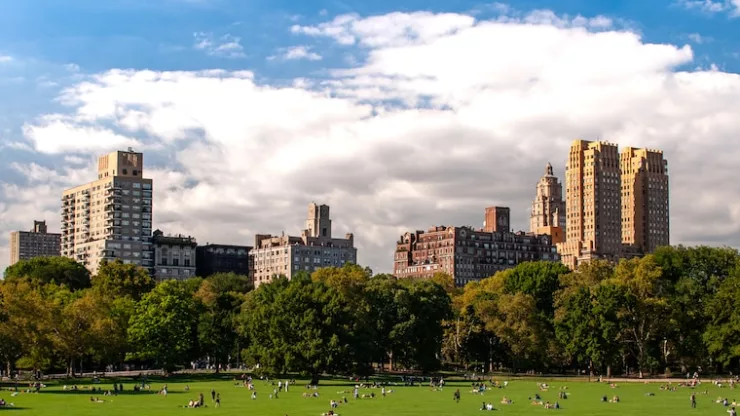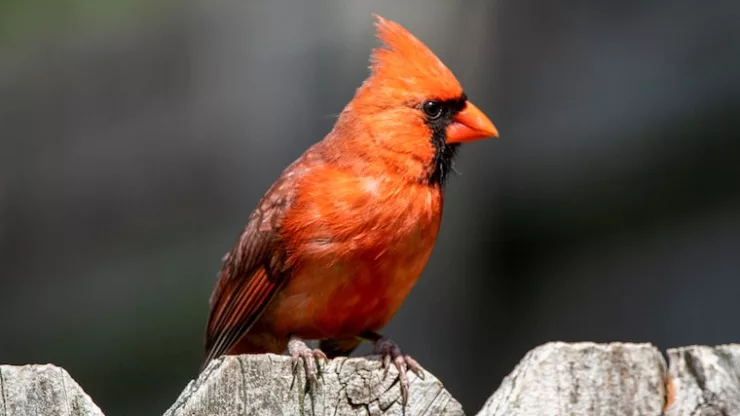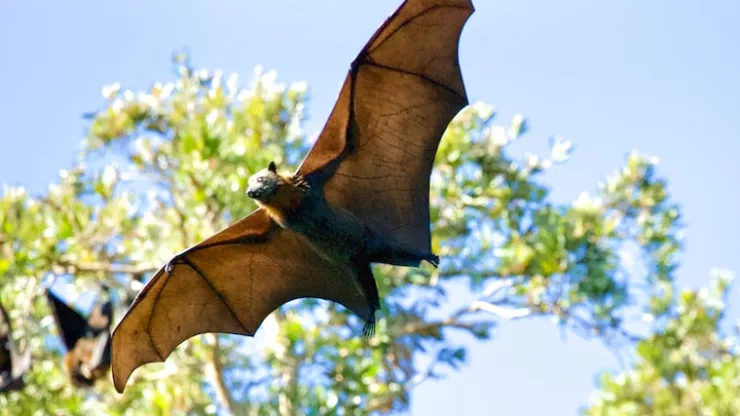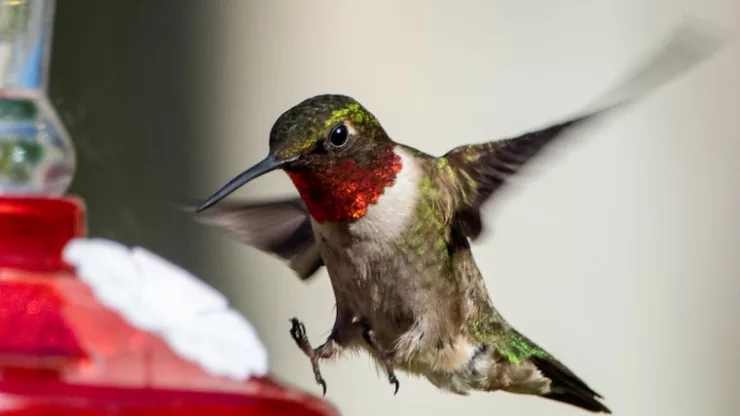Urbanization has brought about many benefits, but it has also come with its fair share of challenges.
One of these challenges is the loss of natural habitats for wildlife.
However, urban parks have emerged as beacons of hope in this regard, providing vital havens for wildlife in the midst of concrete jungles.
These parks are not only essential for preserving biodiversity, but they also contribute to the well-being of city dwellers.
In this article, we’ll explore the power of urban parks in creating wildlife oases and transforming concrete jungles into natural havens.
Jump to Section
The Power of Urban Parks: Creating a Wildlife Oasis
Urban parks have the power to transform artificial landscapes into vibrant ecosystems that support a wide range of wildlife species. For instance, the Central Park in New York City is home to over 230 bird species, 27 reptile and amphibian species, and 60 mammal species.
Similarly, the Hyde Park in London provides refuge for over 4,000 trees, 170 species of birds, and numerous butterflies, bats, and hedgehogs.
Besides providing essential habitat, urban parks also offer important ecological services, such as carbon sequestration, air purification, and stormwater management.
These services not only benefit wildlife, but they also improve the quality of life for humans.
Moreover, urban parks serve as green lungs in densely populated regions, helping to reduce ambient temperatures and mitigate the urban heat island effect.
To create wildlife oases, urban parks must be designed with the needs of wildlife in mind.
This involves incorporating natural features, such as water bodies, meadows, and woodlands, that provide food, shelter, and breeding sites for wildlife.
In addition, park managers must avoid using harmful chemicals and pesticides, and instead promote natural pest control methods.
They must also strive to create connectivity with surrounding natural areas, such as forests, wetlands, and rivers, to enable the movement of wildlife between habitats.
From Concrete Jungle to Natural Haven: The Transformative Impact of Urban Parks
Urban parks have a transformative impact on their surrounding environments, both ecologically and socially.
Ecologically, they help to restore degraded landscapes, enhance biodiversity, and create resilient ecosystems that can adapt to changing climatic conditions.
They also provide opportunities for environmental education and awareness-raising, which can inspire people to take action to protect nature.
Socially, urban parks offer numerous benefits to city dwellers, including improved mental and physical health, enhanced social cohesion, and increased community engagement.
They provide spaces for recreational activities, such as jogging, cycling, picnicking, and wildlife watching.
They also promote cultural and artistic activities, such as concerts, festivals, and exhibitions, which can bring people together and foster a sense of belonging.
Moreover, urban parks can play a crucial role in addressing environmental justice issues.
In many cities, low-income and marginalized communities lack access to green spaces, which can exacerbate existing health and social inequities.
Urban parks can help to address these inequalities by providing equitable access to green spaces and environmental amenities.
In conclusion, urban parks are powerful tools for creating wildlife oases and transforming concrete jungles into natural havens.
They offer numerous ecological and social benefits and play a crucial role in promoting sustainable urban development.
However, their success depends on the commitment and collaboration of park managers, city planners, and local communities.
By working together, we can ensure that urban parks continue to thrive as vital habitats for wildlife and valuable resources for human well-being.
Let us all strive to create urban parks that not only offer much-needed respite for city dwellers but also serve as vital havens for wildlife.
By doing so, we can contribute to a more sustainable and equitable future for all.
I’m a nature enthusiast and creator of Metro Wilds and have spent years exploring the great outdoors.
With a passion for environmental conservation and sustainability, I have dedicated my career to writing about the beauty and wonders of nature, as well as the threats facing our planet.
Contact me at [email protected] for assistance.





